This month sees one of the Inn's two annual readings, delivered by Lent Reader Master Carol Harlow. We take the opportunity to look back on the history of this tradition of readings at the Inn, and of the office of Reader, and explore the ways in which both have evolved and adapted over the centuries.
The history of readings at the Inn stretches back over five hundred years, the earliest record of one dating from the 1430s. In these early centuries of the Inn's existence, readings were a very different affair to those we know today. Taking place over several weeks in either the Lent or Autumn 'learning vacations', each Reading would focus on a particular statute, and in the days before widespread access to legal texts this was crucial for the education of the Inn's student body. Each session would start with the Reader reciting a section of his chosen statute, before moving on to expound, analyse and appraise it and its implications. After this, more junior members of the Inn would put and plead sample cases while standing at the Cupboard - a wooden table, a successor of which forms the centrepiece of the modern day Call to the Bar ceremony - and the discussion of these would continue over dinner.
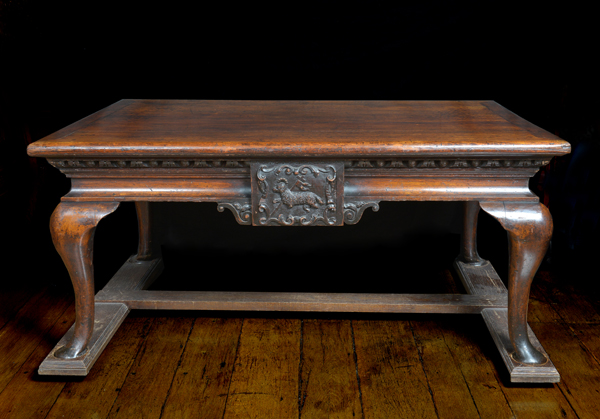
The present day ‘Cupboard’
The Readership was a heavy burden - in addition to the weeks of lecturing, the Reader was also called upon to provide, at his own expense, the hospitality and feasting for those attending the reading. The reward, however, was undeniably attractive - serving as Reader was the only route to becoming a Bencher of the Inn and thus entering into its governance. The Reader was assisted in his duties and expenses by Stewards and 'Cupboardmen' - the barristers who would argue cases at the Cupboard. Many prominent figures in the Inn's history served as Reader, including Edmund Plowden, under whose auspices the Hall was completed in the 1570s, and Richard Martin, who as a young man was elected 'Prince of Love' during the Christmas Revels and later served as Recorder of London.
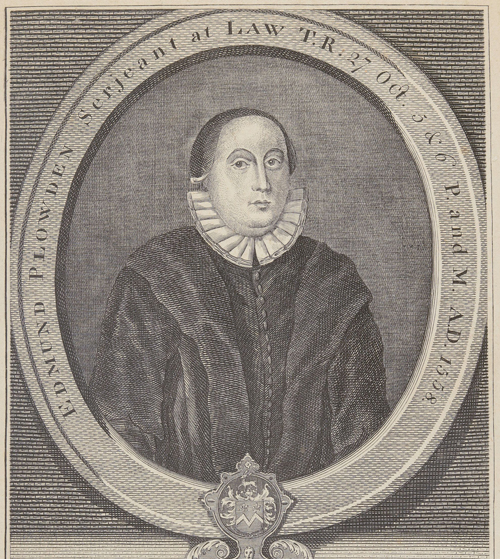
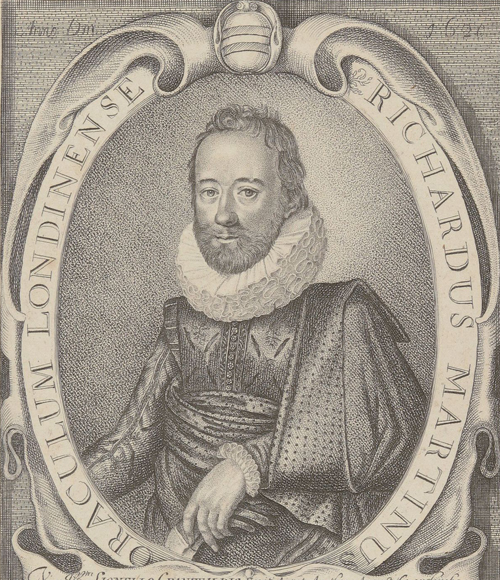
Portrait engravings of Edmund Plowden (Reader Autumn 1557 and Lent 1560) and Richard Martin (Reader Lent 1615) (MT.19/POR/551 and /464)
Not every reading was a success. One member's diary records that in 1580, the conclusion of Henry Archer's reading was met with jubilation, it having been one of the dullest readings in living memory. Another otherwise unmemorable reading a couple of years earlier was distinguished by a very special visitor, an incident recently uncovered by Sir John Baker. On 3 March 1578, some of the barristers were in the middle of a debate during Andrew Hemmerford's reading when the Hall doors opened and Queen Elizabeth I herself came in with her entourage, having been staying nearby. She encouraged the awed Middle Templars to continue, keen to see how legal education worked in practice, but they could not recover their flow, and proceedings ground to a halt. The Queen inspected the Hall to her satisfaction and departed. The minutes of Parliament do not record this visit, simply noting that six members were fined twenty shillings apiece for their absence from the reading - a silence perhaps indicative of the Inn's embarrassment at having given the Queen such an awkward and discourteous welcome.
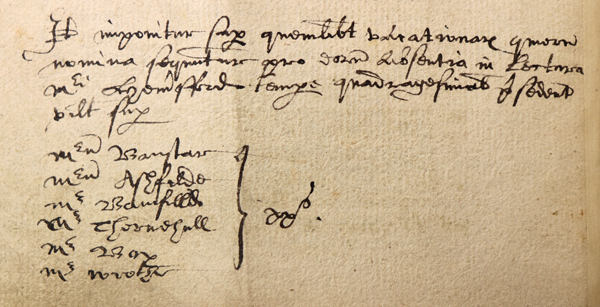
Order that six Middle Templars be fined 20s for their absence from Hemmerford’s Reading, Minutes of Parliament 1579 (MT.1/MPA/3)
The Reader had other privileges, including a special gown to wear in court and the right to admit anyone to the Inn, free of charge. In 1619 James Whitelocke served as Reader, and admitted his son Bulstrode Whitelocke, a boy of thirteen at the time but a future Bencher and Commissioner of the Great Seal during the interregnum. By this stage readings had declined further into overwrought esotericism, leading one contemporary judge to declare them 'long, obscure and intricate... like riddles rather than lectures', though Whitelocke's was considered relatively bearable. A copy survives in the Inn's archive, and Whitelocke's own diaries record that his Reader's Feast was attended by such dignitaries as the Dutch Ambassador, the Archbishop of Canterbury and the Lord Privy Seal.
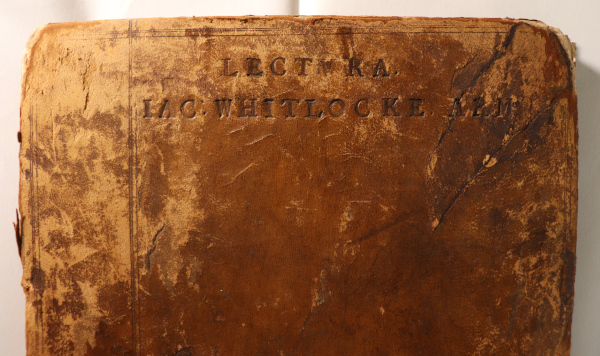
Reading of James Whitelocke, 1619 (MT.3/REA/1)
It is not known precisely when the practice of displaying Readers' coats of arms on wooden panels began. The earliest Reader for whom a panel survives is Richard Swayne, Reader in both 1597 and 1609, and by 1697 we know from surviving bills that there were over 100. They had originally been displayed on the wall of the then Parliament chamber, but were in that year moved into Hall, where they have since remained. Each panel displays the coat of arms of a Reader or Treasurer, accompanied by a Latin text recording the name, offices and distinctions of the individual. The practice of having these panels painted and installed continues to this day.


Bills of the painter and the joiner for work repainting and moving the 113 existing armorial panels into Hall (MT.2/TAP)
Sometimes the festivities during the reading could get out of hand, as indicated by a letter sent to the Benchers in 1631 by King Charles I, complaining that the Lent readings had 'of late growne to an excesse of entertainment and Charge, much beyond that of former tymes, which we wish reformed'. In the context of increasing religious tensions, rising Puritanism and a recent royal proclamation for the 'due observation of Lent and for restraint of eating fleshe during the same', it was important to tread a careful course.

Extract from the letter from Charles I to the Benchers concerning the observation of Lent, 18 March 1631 (MT.1/SMC/2)
King Charles, of course, failed to keep a lid on the brewing problems in the realm, and the Civil War broke out in August 1642. William Hussey's Autumn Reading in that year appears to have taken place as normal, but following this there were none for eighteen years. By 1645, the cessation of reading due to what Parliament called 'the troubles and distractions of the times by reason of these unnatural Civill Warres' had cut off the supply of new Benchers, and their numbers were dwindling. The remaining Benchers decided to 'associate' a handful of senior barristers to their number.
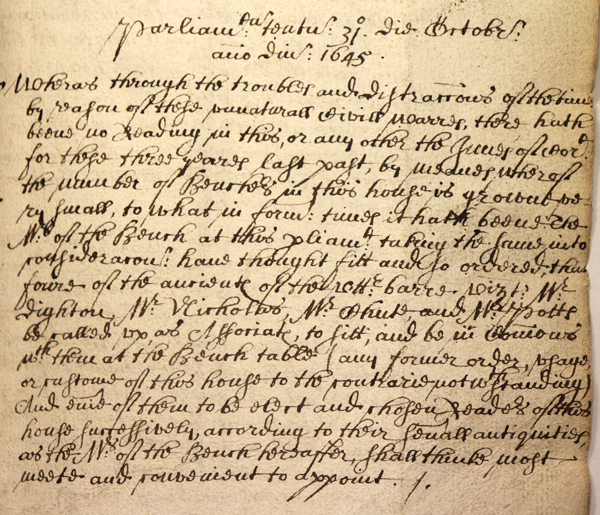
Order to Associate four barristers to the Bench, Minutes of Parliament, 31 October 1645 (MT.1/MPA/5)
It was not until 1660, with the Restoration of the monarchy and the return of King Charles II from his exile on the continent, that readings recommenced at the Inn. On 9 November that year, a committee of Benchers was appointed to 'consider concerning the choice of a Reader', and later that month Thomas Mundy and Richard Allen were duly elected to serve as the next two Readers. Some resistance to their election seems to have been anticipated, as the committee declared 'that they will consider all ways for their ease, accommodation and encouragement'. Just before Mundy's reading began, Parliament also ordered that he need only read for a week, 'which shall be judged a complete Reading'. Election to the Readership was frequently met with aversion or refusal in the coming years, some prospective Readers being excused some or all of their duties, and others being fined or even disbenched for refusal. The burden of the office was evidently an unattractive prospect, especially to a generation with decreasing collective memory of attending readings as students themselves.
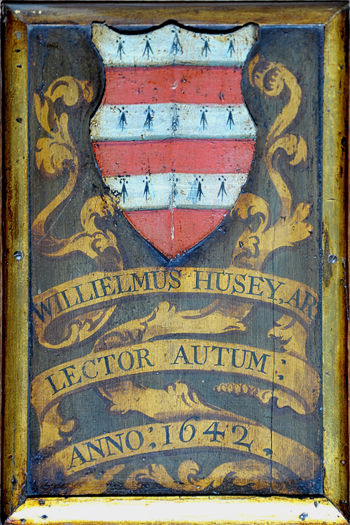
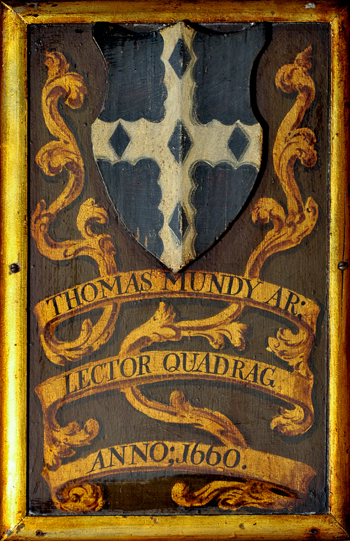
Armorial Panels of William Hussey and Thomas Mundy
Some Readers in the period of the Restoration, however, certainly did embrace the role. Francis North, Solicitor-General and later Lord Keeper of the Great Seal, gave a reading on the Statute of Fines in 1671, and the feasting he laid on went down in history for its extravagance. His brother Roger North, also a Middle Templar and future Treasurer, described it in his diary in disapproving terms of 'debauchery, disorder and waste'. Attendees at the feast included the Archbishop of Canterbury, Gilbert Sheldon, whose rumoured propensity for ‘wenching’ was recorded in the diary of Samuel Pepys.
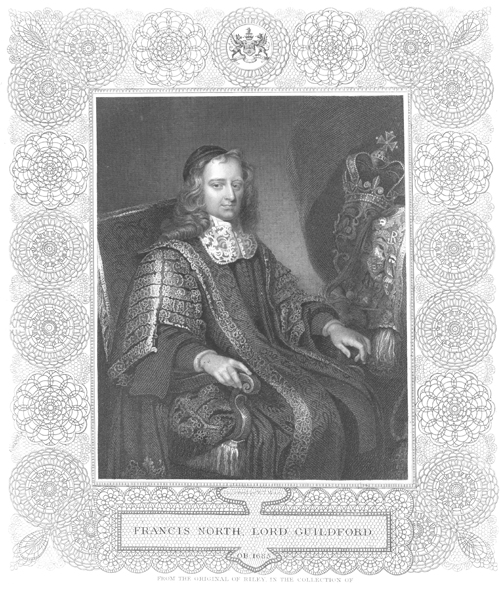
Portrait engraving of Francis North, after a portrait by Riley (MT.19/POR/513)
Little was it known to either of the North brothers, however, that Francis' reading would be one of the last of its kind. Indeed, in 1678 the extravagance of readings once again came under royal scrutiny, and Charles II, much like his father, expressed concern at the 'disorders and great expense of readings'. By royal command, the Reader's expenditure was limited to £300, and new rules were accordingly laid down by the Benchers, including an order that 'no wine shall be brought into Hall in bottles during the reading, nor drinking glasses used in the Hall, except at the Reader's table'.
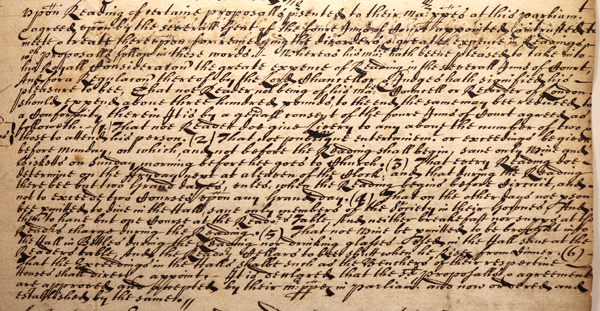
Order of Parliament laying down new rules for the regulation of Readings, 1678 (MT.1/MPA/6)
It was not long, however, before readings ceased entirely. Sir Francis Wythens was Called to the Bench on becoming a KC in early 1680, and that summer Parliament ordered that he 'has liberty to read in the Hall one, two or three days, or not to read at all, at his pleasure... without expense', and that if he paid £200 he would have 'all the rights, privileges and benefits of a Reader, as if he had actually read'. £200 was a vast sum - around £22,000 in today's money - but this option was still cheaper and far less time-consuming than actually reading, even under the new 1678 rules. Accordingly, this became the norm - Readers would no longer read, but simply pay the 'fine' in order to be counted as having read. In addition to making life easier for the Readers, this was an effective means of fundraising for the Inn, particularly useful following the fire of 1679.
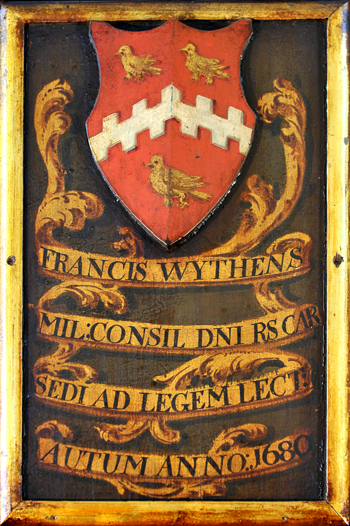
Armorial Panel of Francis Wythens
It may have been intended as a temporary measure, but as things turned out, this way of doing things continued for nearly 250 years, until 1927, when Sir Henry McCardie was elected Reader. He decided to resurrect some semblance of the old tradition, and at his Reader's Feast gave the first reading since 1680, entitled 'The Law, the Advocate and the Judge'. This reading, which McCardie declared an 'exceptional occasion... marking the Renaissance period of the office of Middle Temple Reader' was a rallying cry for judges to adopt a broad outlook and work to adapt the law in the light of the social context and reality of its subjects. The occasion was, by all accounts, a success, and the Treasurer of the day, Alexander MacMorran, had the reading published.
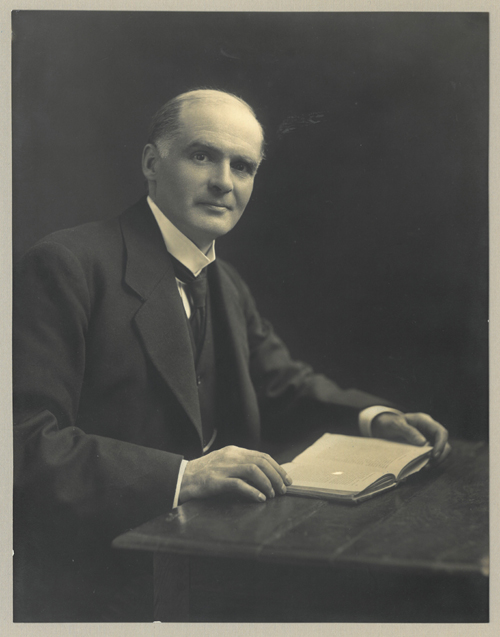
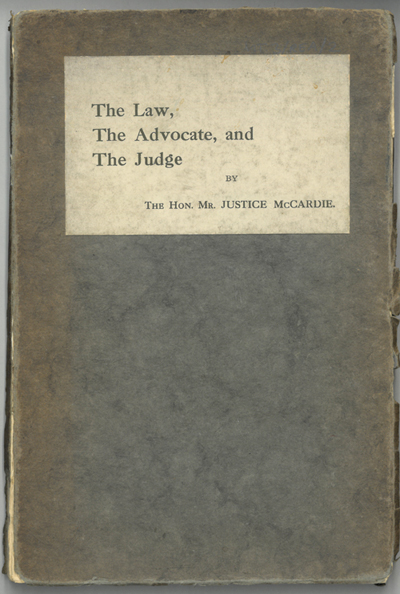
Portrait photograph of Master Henry McCardie (MT.19/POR/453)
‘The Law, The Advocate and The Judge’, Reading by Master Henry McCardie, 1927 (MT.3/REA/2)
McCardie succeeded in his resurrection of the 'ancient practice' of Reading. This new and revived format caught on at the Inn. Over the coming decades, Readers spoke on a wide array of subjects - some, like their medieval predecessors, looked at particular legal subjects such as Heber Hart on 'the Mixed Arbitraral Tribunals' or Sir Cecil Hurst on 'The Permanent Court of International Justice'. Other twentieth century readings explored historical subjects relevant to the Inn, such as Bruce Williamson's 'Sir Walter Ralegh and his Trial' and J.D. Casswell's 'the Murder of a Prime Minister'.
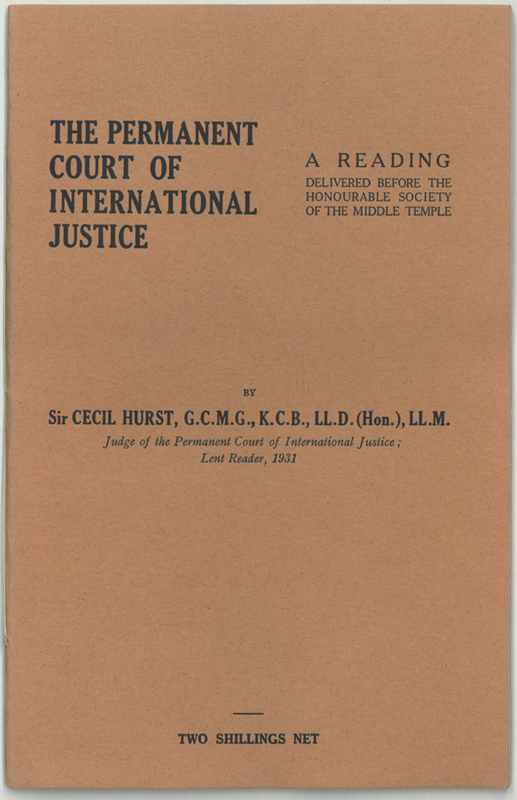
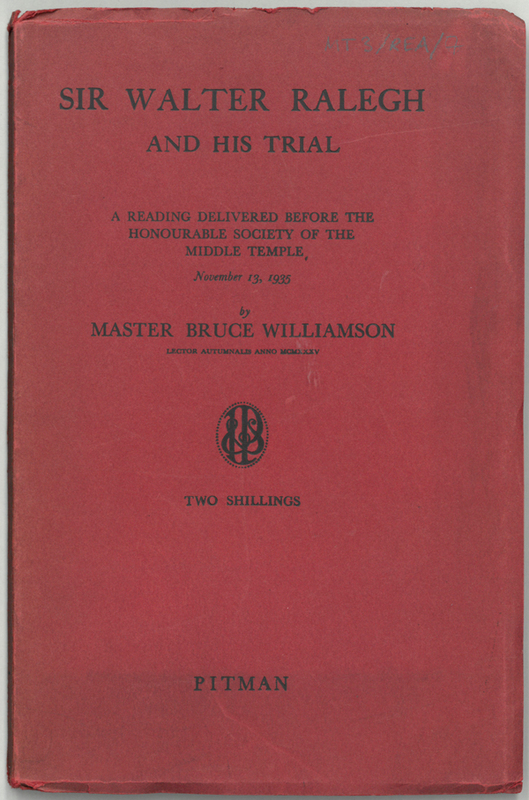
'The Permanent Court of International Justice', Reading by Master Cecil Hurst, 1931 (MT.3/REA/4)
'Sir Walter Ralegh and his Trial', Reading by Master Bruce Williamson, 1935 (MT.3/REA/7)
It was not until the following century that the Inn would see its first female Reader. Master Barbara Calvert, Lady Lowry, was Called in 1959 and was one of the Inn's first female Benchers. Her reading on 5 March 2001 (over eighty years after the first woman was admitted to the Middle Temple) was entitled 'A Brief History of Women at the Bar: Sex - Does it Matter?' and looked at the struggles of women for admission to the Inns and to practice at the Bar, focusing on Helena Normanton, as well as the more recent history of women at the Bar. After reviewing some contemporary statistics, Master Calvert suggested that Normanton would have been pleased but 'by no means satisfied' at the progress since her day, and that sex need no longer matter in female barristers' professional lives, concluding that 'There is no height a woman cannot scale provided she has the qualities of Queen Elizabeth I'.
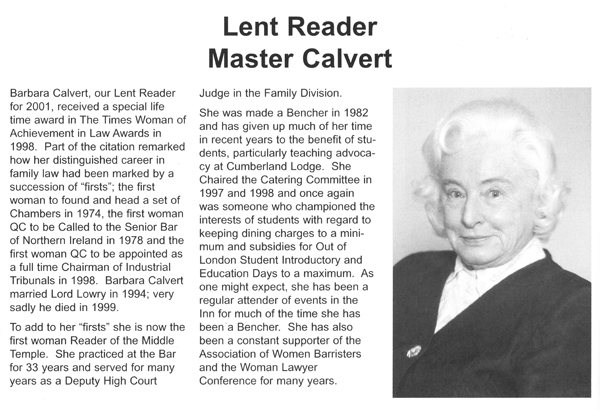
‘Lent Reader Master Calvert’, article in the Middle Templar, Hilary 2001
Readings, and the Reader's Feast, remain to this day a highlight of the Inn's calendar. While they have changed in format greatly since their inception, one can trace a path at least as far back as the early 15th century through the trials and tribulations of this ancient practice. The role of the Reader has changed as well - the responsibility to provide lavish feasting and merriment alongside detailed, intricate lectures and discussion having been set aside, those bearing the office now have new duties relating to the education of students and other members of the Inn - and, doubtless to every modern Reader's relief, are no longer called upon to foot the bill for the Reader's Feast. The future is, as ever, a mystery, but two things seem clear - that readings will remain at the heart of Middle Temple life, and that both Reader and reading will continue to evolve and adapt as time goes by.